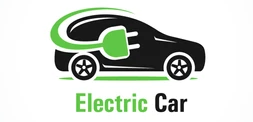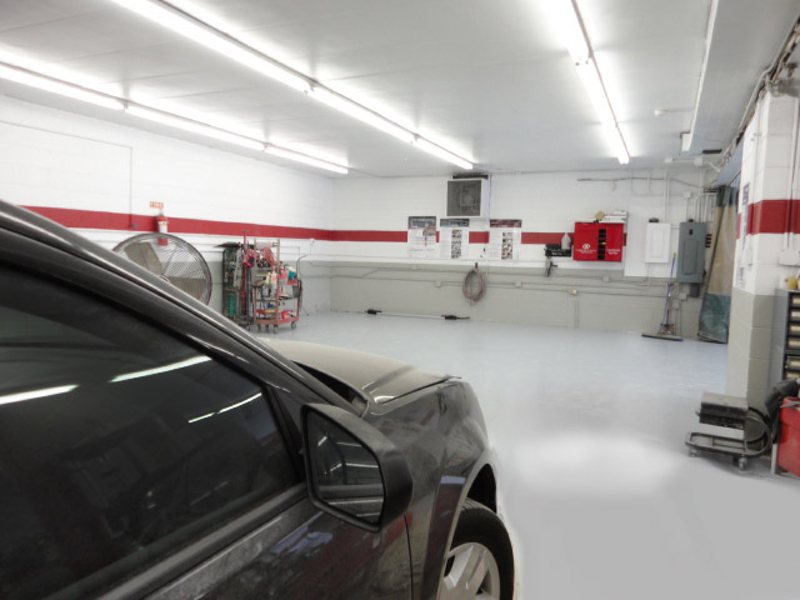Few experiences are as jarring as a vehicle collision. Beyond the immediate shock comes the stress of repairs, insurance claims, and the potential financial burden. However, there’s good news for today’s vehicle owners. The collision repair industry has undergone remarkable transformation in recent years, with technological advancements revolutionizing how damaged vehicles are restored. These modern techniques not only return vehicles to their pre-accident condition more effectively but also save owners substantial money and unnecessary stress in the process.
- A New Era of Collision Repair
Traditional collision repair once relied heavily on manual techniques and visual assessments. Technicians would estimate damage through observation, bend frames using mechanical tools, and mix paint based on experience and reference charts. While skilled craftspeople could achieve impressive results, the process was time-consuming, imprecise, and often led to inconsistent outcomes.
In contrast, today’s collision repair centers leverage technology at every step. Computerized diagnostics can detect hidden damage invisible to the naked eye. Digital imaging systems create precise three-dimensional measurements of vehicles, comparing them to factory specifications down to the millimeter. Precision frame alignment equipment applies measured force to return structures to exact factory specifications. This shift from artisanal to data-driven repair has dramatically improved accuracy, efficiency, and overall repair quality while reducing labor costs and repair time.
- Paintless Dent Repair (PDR): A Game Changer
Paintless Dent Repair represents one of the most significant advancements in collision repair technology. This innovative technique allows technicians to remove dents without affecting the factory paint finish by manipulating the metal from behind using specialized tools.
The benefits are substantial: PDR typically costs 25-50% less than conventional repair methods that require filling, sanding, and repainting. The process usually takes hours instead of days, returning vehicles to owners faster. Most importantly, PDR maintains the integrity of the original factory finish, preserving the vehicle’s value by avoiding unnecessary paint work.
PDR works exceptionally well for hail damage, door dings, minor creases, and small dents where the paint hasn’t been broken. For many common collision scenarios like shopping cart impacts or minor fender benders, PDR offers a perfect balance of quality results and cost-effectiveness.
- Advanced Frame Repair and Alignment Technology
A vehicle’s frame serves as its structural foundation, crucial for safety and performance. Even slight misalignments can cause uneven tire wear, poor handling, and compromise safety systems’ effectiveness.
Modern collision repair shops utilize computer-guided frame straightening systems that provide real-time measurements and apply precise pressure to restore frames to manufacturer specifications. These systems can simultaneously pull from multiple angles, achieving results impossible with traditional methods.
The cost savings from proper frame alignment extend far beyond the initial repair. Correctly aligned vehicles maintain proper tire wear patterns (saving hundreds in premature tire replacement), achieve better fuel economy, and most importantly, maintain their designed crash protection capabilities. When frame repair is executed with precision technology, it eliminates the cascade of problems that once plagued imperfectly repaired vehicles.
- Digital Color Matching and Precision Painting
Perfect color matching represents one of the most challenging aspects of collision repair. Variations in paint formulation, application techniques, and environmental factors can make matching a vehicle’s original color extraordinarily difficult.
Modern collision repair centers utilize spectrophotometers and computerized color-matching systems that can identify exact pigment combinations needed to match factory finishes. These systems account for factors like paint aging and environmental exposure to create perfect matches even on older vehicles.
The financial benefits are significant. Imperfect color matching immediately reduces a vehicle’s resale value, with mismatched panels often leading to price reductions of $500-1,000 at trade-in time. Digital matching systems eliminate this risk while reducing material waste from repeated attempts to achieve acceptable matches. Additionally, modern painting environments with controlled temperature, humidity, and dust management ensure flawless application, eliminating costly rework.
- High-Tech Materials: Aluminum, Carbon Fiber, and More
Vehicle manufacturers increasingly utilize lightweight materials like aluminum, high-strength steel, and carbon fiber composites to improve fuel efficiency and performance. While beneficial for drivers, these materials require specialized collision repair approaches.
Aluminum, now common in vehicles from Ford F-150 trucks to luxury sedans, demands dedicated tools and techniques to prevent galvanic corrosion. Carbon fiber, found in high-performance and electric vehicles, requires completely different repair protocols than traditional metals.
Selecting a collision repair shop with certifications and equipment for these materials prevents costly mistakes. Improper aluminum repairs can lead to accelerated corrosion that compromises structural integrity. Incorrect composite material repairs might fail under stress, creating safety hazards and necessitating complete replacement. The investment in proper specialized repair initially might cost more but prevent potentially catastrophic and expensive failures later.
- Calibration and Safety System Restoration
Modern vehicles incorporate sophisticated Advanced Driver Assistance Systems (ADAS) including adaptive cruise control, lane departure warnings, automatic emergency braking, and blind-spot monitoring. These systems rely on precisely calibrated cameras, radar units, and sensors integrated throughout the vehicle.
Even minor collisions can disrupt these calibrations. A bumper replacement might misalign a radar sensor by just a few millimeters—enough to render safety systems unreliable or inoperative. After structural repairs, these components require precise recalibration using specialized equipment that can cost tens of thousands of dollars.
The financial implications are substantial. Proper calibration services might add $250-1,000 to a repair bill but prevent potential accidents from malfunctioning safety systems. Additionally, many insurance companies now verify proper system calibration before reinstating coverage, making this step non-negotiable for comprehensive collision repair.
- How Choosing the Right Collision Repair Shop Saves Money
Not all collision repair facilities offer equal capabilities, and this distinction directly impacts repair quality and cost-effectiveness. When selecting a shop, several factors deserve consideration:
Certifications matter significantly. I-CAR Gold Class recognition indicates a staff with extensive training in the latest repair techniques. ASE-certified technicians have demonstrated professional competence through standardized testing. Manufacturer certifications (from companies like Tesla, Mercedes-Benz, or Honda) confirm that the facility meets specific training and equipment requirements for particular vehicle brands.
The financial implications of choosing the wrong collision repair provider extend far beyond the initial repair. Poor-quality work often manifests in premature rust formation, paint failures, alignment issues, and safety system malfunctions. These problems typically emerge months after repair when warranty coverage has expired, leaving owners with unexpected expenses. By contrast, quality collision repair protects the vehicle’s resale value and prevents cascading problems from developing.
Protecting Your Vehicle Investment
The evolution of collision repair technology has transformed what was once a primarily manual craft into a high-tech, precision-driven industry. This transformation benefits vehicle owners through more accurate repairs, faster turnaround times, better preservation of vehicle value, and enhanced long-term safety.
These advancements don’t just restore vehicles, they protect investments. With average new vehicle prices exceeding $47,000 and used vehicles commanding premium prices, professional collision repair has never been more important for financial protection. By embracing shops that utilize modern techniques, vehicle owners ensure their transportation investments receive care that maintains both safety and value.
Next Steps After a Collision
If you’ve experienced a collision or simply want to learn more about protecting your vehicle investment, contact a reputable collision repair facility today. Most quality shops offer free damage assessments and can explain how their technology and techniques can benefit your specific vehicle. Taking this proactive step ensures you’re prepared with the knowledge needed to make informed decisions should an accident occur.

